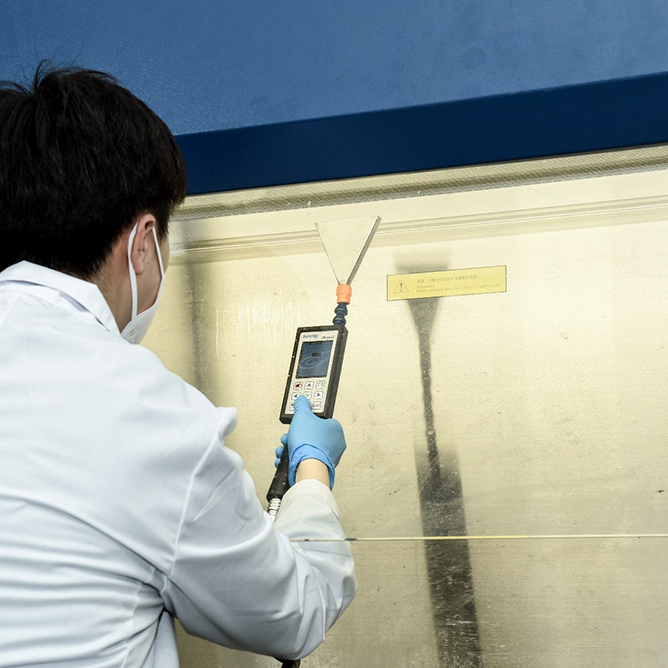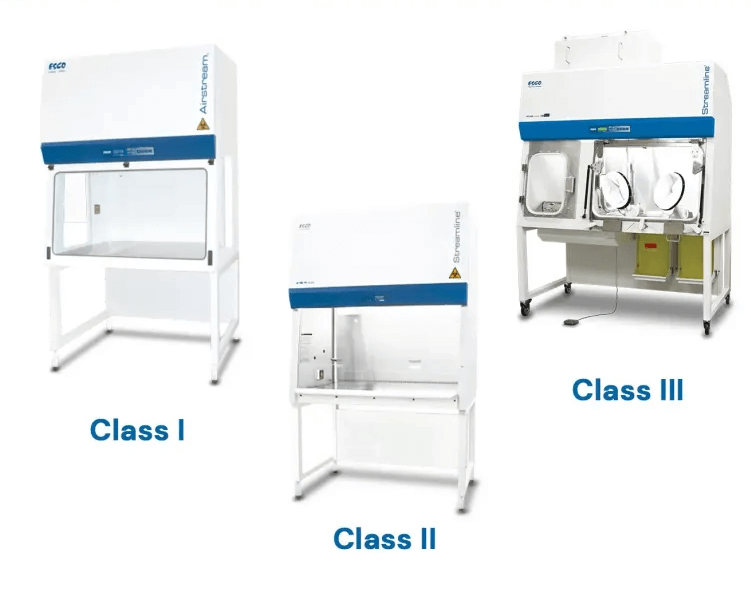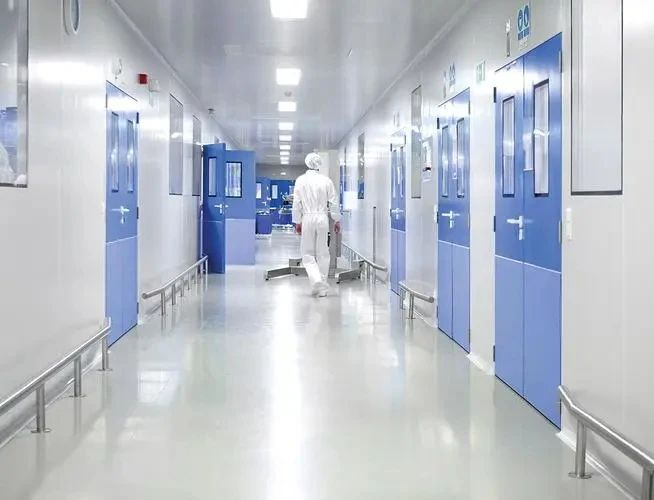
Cleanroom Testing Solution
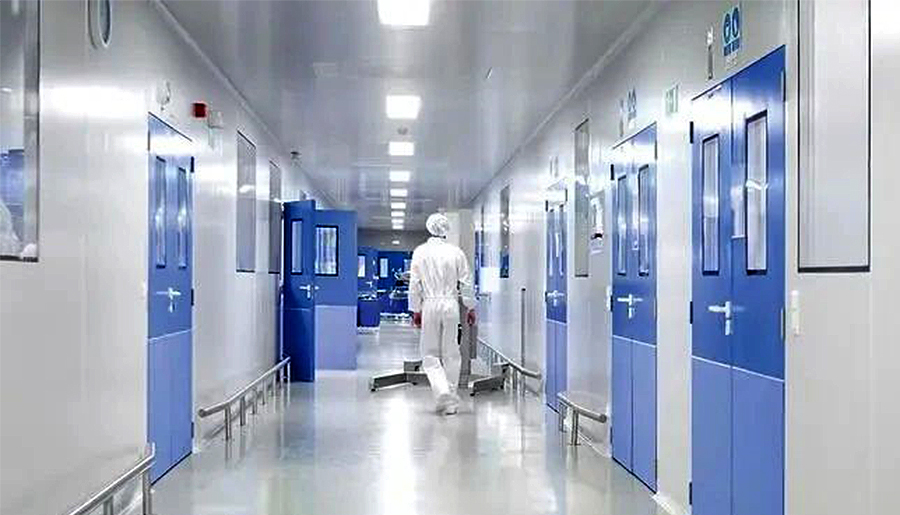
What is Clean Room Testing?
Clean room testing is the process of monitoring the air quality in a clean room to verify it meets test specifications and relevant test standards like ISO14644-1, ISO 144644-2, and ISO 14644-3.
Testing Items?
What equipment is needed for a clean room?
| ZR-1620 Handheld Particle Counter | ZR-1630 Particle Counter | ZR-1640 Particle Counter | |
|
Photo |
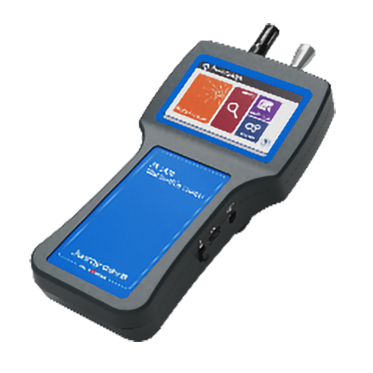
|
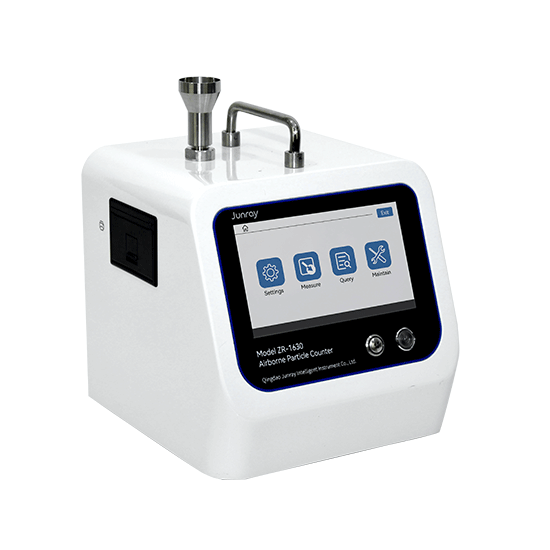
|
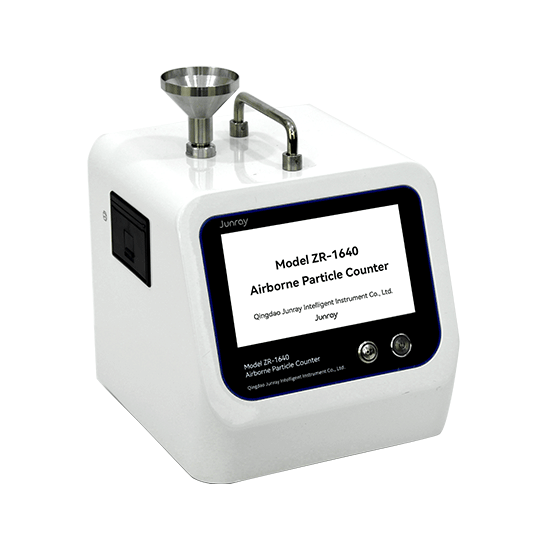
|
|
Flow Rate |
2.83 L/min(0.1CFM) |
28.3 L/min(1CFM) |
100L/min(3.53CFM) |
|
Dimension |
L240×W120×H110mm |
L240×W265×H265mm |
L240×W265×H265mm |
|
Weight |
About 1kg |
About 6.2kg |
About 6.5kg |
|
Sampling volume |
/ |
0.47 L~28300L |
1.67L~100000 L |
|
Zero Count Level |
<1 count/5min |
<1 count/5min |
<1 count/10min |
|
Particle Size |
6 channels 0.3, 0.5, 1.0, 3.0, 5.0, 10.0μm |
||

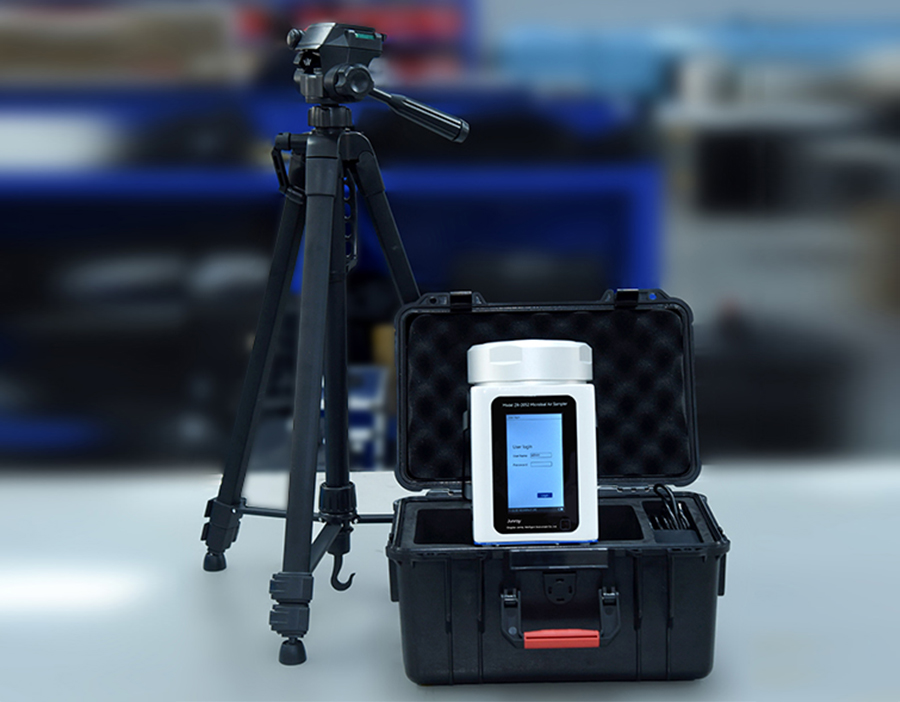
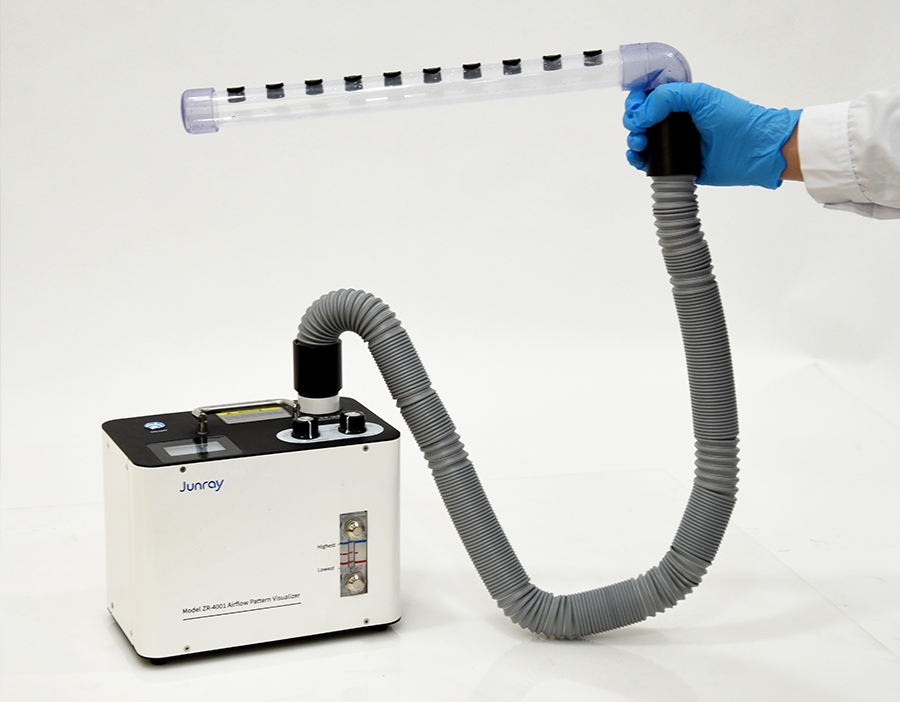
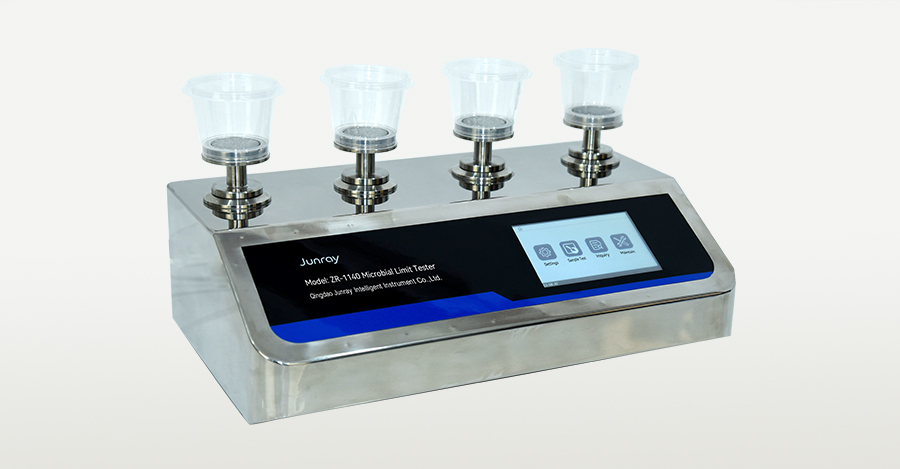
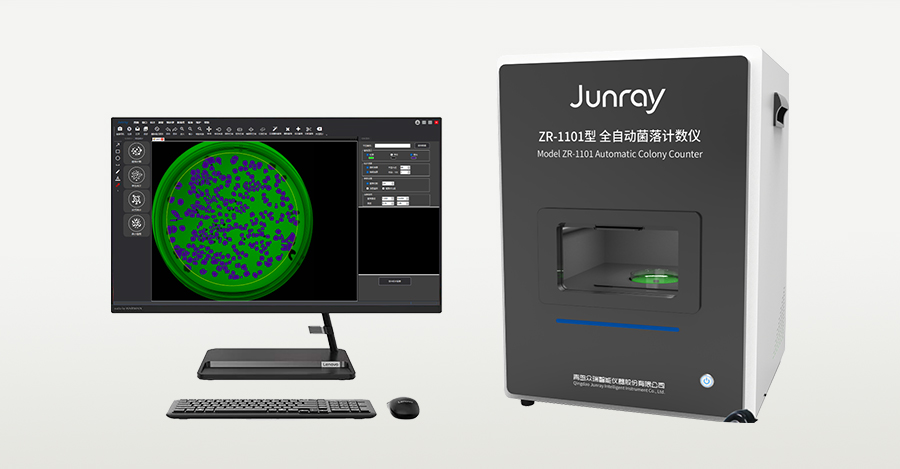
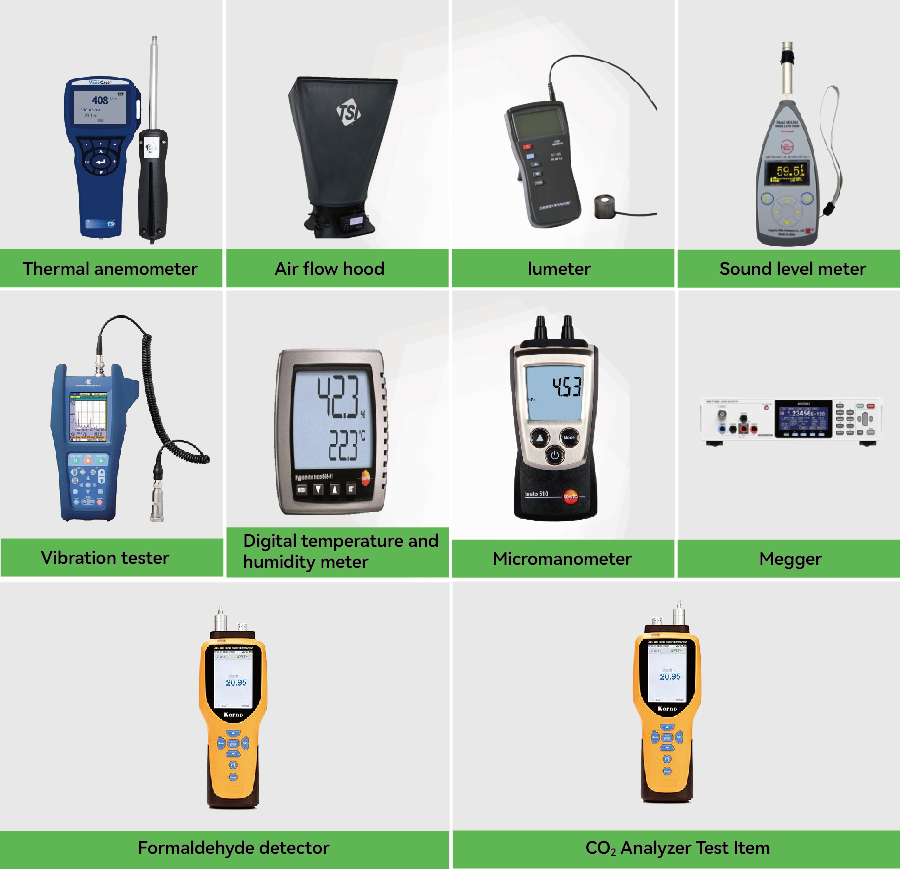
|
NO. |
product |
Test Item |
|
1 |
Thermal anemometer |
Air speed and volume |
|
2 |
Air flow hood |
Air speed and volume |
|
3 |
lumeter |
Illumination |
|
4 |
Sound level meter |
Test Item: Noise |
|
5 |
Vibration tester |
Vibration |
|
6 |
Digital temperature and humidity meter |
Temperature and humidity |
|
7 |
Micromanometer |
Pressure difference |
|
8 |
Megger |
Surface electrostatic conductivity |
|
9 |
Formaldehyde detector |
Formaldehyde content |
|
10 |
CO2 Analyzer |
CO2 concentration |


